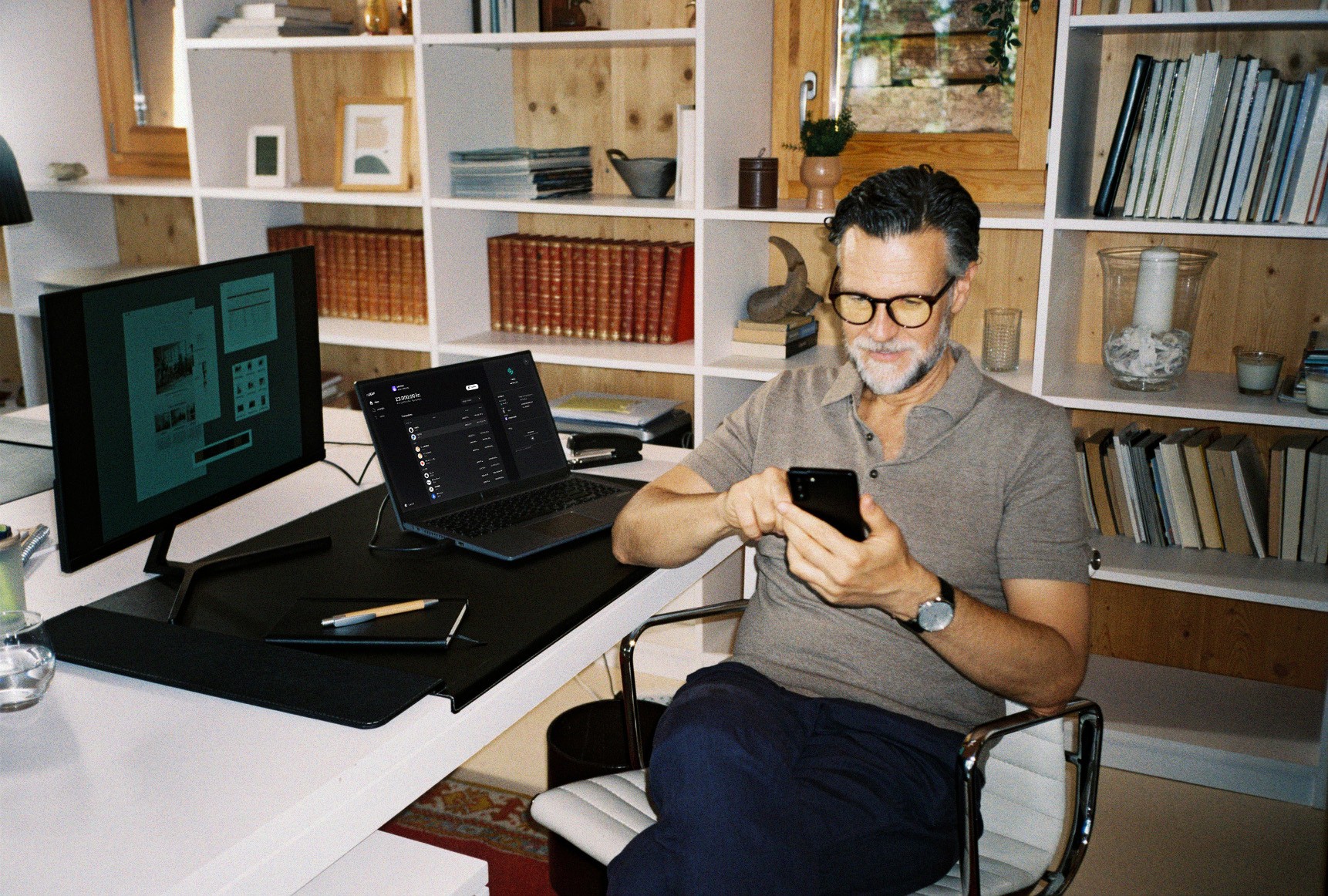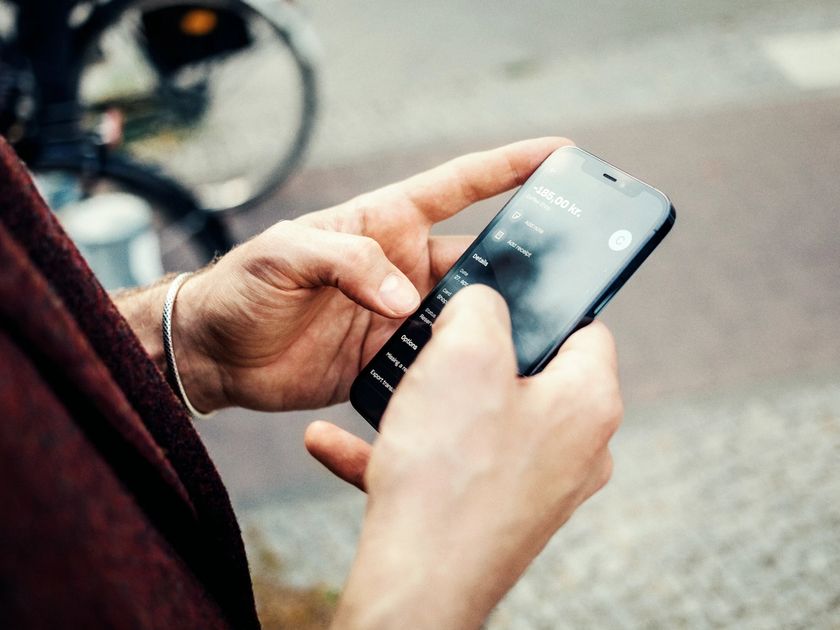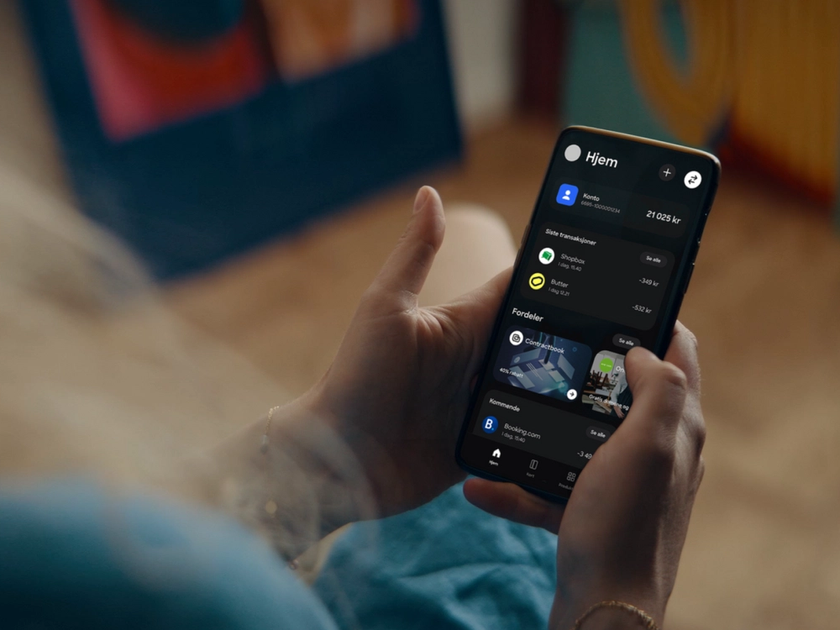Moving to Denmark: A comprehensive guide for expats
Are you considering moving to Denmark? In that case you may benefit from reading this comprehensive guide on the topic. Here, you can learn more about what you need to do before moving to Denmark and what to do when you arrive. From visa requirements and job hunting to an introduction to Danish culture … we’ll help you embark on your Danish adventure well-equipped.
What to prepare before you move to your new home in Denmark
Research visa and residence requirements
The first thing you should do before moving to Denmark is to research whether you need a visa or a work permit and residence permit.
The requirements vary depending on your nationality, reasons for moving, your intended length of stay, and whether or not you have enough money to sustain yourself for that period of time.
Read more about the different types of requirements at nyidanmark.dk .
Moving to Denmark is relatively straightforward if you’re an EU, EEA, or Swiss citizen . You can live and work in the country without needing a visa or work permit in accordance with EU law .
For non-EU/EEA/Swiss nationals, moving to Denmark requires obtaining work and residence permits through the Danish Agency for International Recruitment and Integration (SIRI).
Finding a home and getting a permanent address
Before you set off for Denmark, it’s important to research Danish cities to find the perfect place for you in relation to your job, lifestyle, and budget.
Many online platforms can aid you in your search for a new home in Denmark. Examples include boligportal.dk and lejebolig.dk , both of which are websites that can help you find a place to rent in Denmark.
Tip: Read our guide on renting a home in Denmark.
Looking to buy? Consider waiting until you’ve become a permanent resident — buying property without residency may prove difficult.
Polish your resume and find a job
For some, finding a job is a crucial step in the process of establishing a stable life in the country — especially if you’re from a non-EU/EEA country.
The Danish job market has different opportunities in various fields, although some jobs might be geographically limited. Familiarizing yourself with the job market will help you understand which industries are thriving and where your skills are in demand.
There are many online job portals that can aid you in your search. Jobindex.dk and workinDenmark.dk are two digital resources that can help you find your dream job in Denmark.
Tip: Read our guide on working in Denmark.
Learn the language and embrace the culture
While English is widely spoken in Denmark, learning Danish can be a significant advantage both professionally and socially.
Even just learning common phrases and the names of spices, vegetables, and other everyday commodities will keep you from Google Translating everything whenever you go to the local supermarket.
Once you arrive in Denmark, there are various language schools that can help you learn the language. For example, studieskolen.dk and dedanskesprogcentre.dk .
Discover the essential steps for a smooth move to your new life in Denmark
You’ve taken the plunge, researched the process of living in the country, and now find yourself in Denmark. But what’s next? You know what to do, but how do you go about the actual process of moving?
Here, you can navigate the essential and initial steps for living in Denmark as an expat.
Find a home or move into one
Before you can get your work permit or residence permit and, in turn, your CPR number, you need a permanent address where you actually live.
Therefore, if you don't already have one, your first step should be to find a home. If you do have a home, all you have to do is move in.
However, if you don’t have a place to live, now’s the time to start looking. Many online portals can aid you in your search. You can also hire a real estate agent to help you find a suitable apartment or house.
Remember to notify a change of address to the national registration office within five days after you’ve moved. Log in with your MitID to report a change of address here.
Obtain your work and residence permit
As soon as you arrive in Denmark and have a place to live, you should register with the authorities and start obtaining your residence permit and, ultimately, your CPR number .
You can obtain an EU residence document if you’re a citizen of a country within the EU/EEA country or Switzerland, which confirms your right to live in Denmark.
Suppose you’re a citizen of a country outside of the EU/EEA or Switzerland, and you intend to stay in Denmark for longer than three months. In that case, you have to seek further advice at nyidanmark.dk , where you can also start the application process.
Once you’ve received your residence or work permit, you’ve taken the initial steps to be able to work and live in Denmark.
Get a job and pay your taxes
Depending on your situation as an expat seeking to live in Denmark, you’ll need a tax number or a CPR number in order to pay taxes . Insofar you have taxable income in Denmark, you will need either of those two.
A tax number is sufficient, if you are staying in Denmark less than 3 months (or 6 months for EU/EEA or Switzerland citizens). If your stay is longer, you’ll need a CPR number.
Apply for your CPR number
It is important to note that you also need a CPR number to access various services and benefits in Denmark, such as opening a bank account and signing up for public healthcare.
Non-EU/EEA/Swiss nationals must have a work and residence permit to apply for a CPR number , and must do so within 3 months.
The CPR number is essential for different situations, such as receiving your salary, getting your tax card, and accessing healthcare and social welfare.
If you’re a student looking to study abroad in Denmark, you need a CPR number if you want to get the benefit of the monthly government grant, SU.
This is not all, though: The CPR number also allows you to set up a bank account, as well as an E-boks — a digital mailbox where you manage all your personal, social welfare, and healthcare affairs and receive your mail from the government.
You only need a CPR number if:
- You’re from outside the EU/EEA or Switzerland, and you intend to stay for longer than three months, or
- You’re from within the EU/EEA or Switzerland and intend to stay for longer than six months.
To get a CPR number, you must register your address at the Citizen Service Center (Borgerservice) in your municipality of residence or at an International Citizen Service Center.
Make sure, depending on your situation, that you bring the following:
- Work and residence permit (only applicable if you’re from outside the EU/EEA or Switzerland)
- EU residence permit (only applicable if you’re from within the EU/EEA or Switzerland)
- Passport or personal ID
- Proof of permanent address in Denmark
Please note that you might be asked to provide further documentation depending on your situation. Read more here .
Once you’ve applied for your CPR number, all you have to do is wait.
With the CPR number comes the so-called yellow health card (sundhedskort), which will be sent to your mailbox about four weeks after you are registered in the Civil Registration System.
Open a bank account — the simple solution for expats is Lunar
After securing the prerequisites discussed above, the next step is to open a NemKonto — your Danish bank account, where you can receive your salary and manage your finances in Denmark.
Lunar makes it easy for expats, non-citizens, and international students to open a free Danish bank account and get a digital card.
Why choose Lunar? At Lunar, we offer a fast and easy bank account process with tailored services. With Lunar, you can get a free Danish bank account with a digital Visa card.
You’ll get easy digital signup via the app, enabling you to level up your economy and keep track of your transitions with a smooth and hassle-free banking experience.
Want to know more? You can read about how to open a bank account in Denmark here.
After the move: Embracing your new life in Denmark
By following the essential steps covered in this guide, you’re well on your way to a smooth transition into your new life in Denmark.
Secure your work and residence permit, find a job, locate a home, register with the authorities, and open a bank account to ensure a seamless move to your new home.
Now it’s time to start your new life in Denmark. Once you arrive and have gotten all of the practicalities out of the way, you can start enjoying all the things Denmark has to offer.
So get out there, visit cafés, go for bike rides, and enjoy everything to make the most of your time in Denmark.
We hope this article equips you with the right resources and guidance so that you can confidently embrace your new home and enjoy the Danish lifestyle.
God tur!
Last updated August 18, 2023. This article is based on general information, and there may be special rules and circumstances that you should be aware of. This should not be considered counseling.
You might also like...
SU in Denmark: All about the State Educational Grant
Denmark is known for its high-quality education system. One of the benefits of studying in Denmark is the SU - The State Educational Grant...
Interest rates in Denmark
Interest rates play an important part in the Danish economy. They affect everything from the cost of borrowing money to the strength of the...
How to buy real property in Denmark
Wondering how to buy real property in Denmark as an expat? There are different things you need to keep in mind when looking to purchase...
Living in Denmark – A guide to embracing the Danish life
Are you considering living in Denmark? Denmark is renowned for its quality of life and work-life balance, and is considered one of the most...




